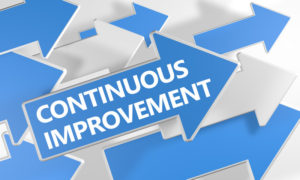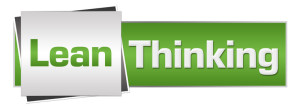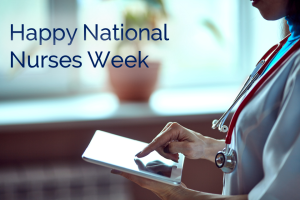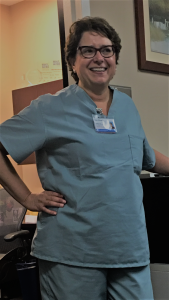I love seeing stories of success with lessons to apply to our work in health IT. The recent I-95 collapse in Philadelphia and the re-opening in just 12 days is one of those stories. There was a great opinion piece in the Washington Post on July 16th by Pennsylvania Governor Josh Shapiro – “Opinion: We fixed I-95 in 12 days. Here are our lessons for U.S. infrastructure”. Initially experts told the Governor it would be months before they could reopen the highway and get traffic flowing. Instead, they reopened it in just 12 days. Indeed, there are many lessons for leaders in all industries.
the Washington Post on July 16th by Pennsylvania Governor Josh Shapiro – “Opinion: We fixed I-95 in 12 days. Here are our lessons for U.S. infrastructure”. Initially experts told the Governor it would be months before they could reopen the highway and get traffic flowing. Instead, they reopened it in just 12 days. Indeed, there are many lessons for leaders in all industries.
Here are the four key takeaways he comments on:
- Empower strong leadership
- Speed up the bureaucracy
- Encourage creativity
- Work together
In the face of a crisis, empowering strong leadership is critical. We’ve seen it in healthcare during the pandemic and when responding to any kind of disaster. As Governor Shapiro describes it – “Managers of every component of the project were empowered to be decisive, take ownership and make a call when necessary — not defer and delay to the often-circular bureaucracy. Decisions were made quickly and in a synchronized manner.”
We have plenty of bureaucracy in healthcare including many processes in IT that seem burdensome. Governor Shapiro described how an executive order he signed shortly after taking office that catalogued each of the 2,400 permits, certificates and licenses the state issues and set timelines for each of them resulted in significantly reducing wait times – with one example cutting the time from eight weeks to two days. IT leaders take note – how many processes can be streamlined in your shop?
Innovation in healthcare is greatly needed and there are many bright spots we read about each day. But innovation is not just the new big flashy stuff, it can be a creative and new way to solve a problem that comes from someone on the team or an observer. Governor Shapiro wrote, “Encourage creativity and allow everyone to bring their ideas forward”. The backfill solution to rebuild the collapsed freeway using a recycled glass product was a result of that creativity from PennDOT engineers.
We all know there is no “I” in team. We accomplish great things by working together. In Pennsylvania, state and federal officials coordinated closely with each other and private contractors and organized labor collaborated working 24/7 to get the job done.
While we never want a crisis to manage through, there will be more. These lessons will be key then and every day.
Related Posts:









